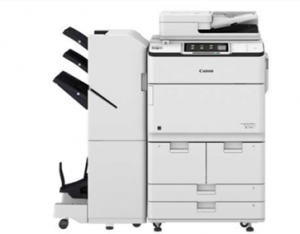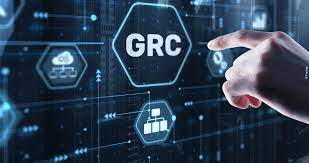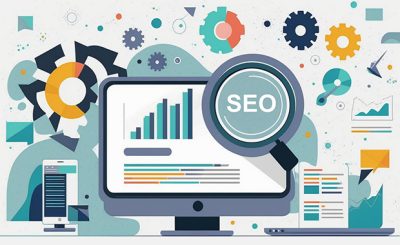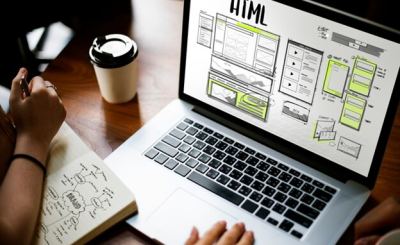Digital Printing and Commercial Offset Printing are two of the most widely used forms of printing in the commercial printing industry. Each printing method produces different methods better suited for different kinds of printing jobs. When we talk about offset printing, it implies an effective long-run manufacturing process that is ideal for creating multiple copies of the same printing requirement. Because of its high-cost plates and the technology involved, it is not ideal for short-run printing. On the other hand, Digital printing is very similar to laser printing. The technology involved in digital printing involves the use of “lasers” that create an electrostatic charge which causes toner to “stick” to a drum. The drum rolls over the paper and the heat fuses the toner to the paper. Digital printing technology has a much faster production time and is increasingly gaining popularity in the market share. Let us understand the features of these printing technologies in detail.

- Size and scale- Offset printing has been the most sought-after printing technology since the 19th century. The reason why it is called “offset” is that it does not apply ink directly to the paper. It deploys large metal plates to transfer ink directly onto the paper. Even though it might be a time-taking process, you can be assured about the consistency and high-image quality, especially for a long-run printing requirement. On the other hand, digital printing produces better results in short or limited runs and uses smaller paper. Depending on the printer order, it has quick results in a limited time frame. Because of its small size and ease of setup, it is an ideal choice for print requirements that changes constantly.
- Colour quality- Even though offset printing is an elaborate process, it always allows for true-to-color reproduction. This is because it uses Pantone colors and metallic ink with ease so you will be assured that the printed results will be precisely how you have envisioned. This feature is crucial if you are working with clients who are very particular about their logo/branding. When it comes to Digital printing, they cannot make use of Pantone or metallic ink. Nonetheless, they are ideal for producing quick, crisp, and perfect printed results.
- Turnaround Time- Offset printers take a longer time to set up as compared to digital printers. This conventional printing method has been in use for over 100 years and nothing much has changed about the elaborate setup process. The Ink and custom metal plates are quite more costly than the printed cartridges, but once you have the setup in place, the sheer speed of offset printers is hard to beat. In comparison, digital printers have a much lower setup cost. By having no requirement for custom plates, you can get into the printing business right away. Digital printing is ideal for short-run printing because it requires no setup, no proofing, and no drying, and offers a simplified workflow that requires fewer steps to set up.
- Cost and volume- Digital printing is an ideal option for short-run printing, where you require 500 copies or less. With minimal setup time and no upfront costs, it is the go-to option for quicker results. With digital printing, there is a scope for personalization in the marketing materials, and is also a low-cost technique method for this purpose.
Offset printing, on the other hand, is perfect for large-volume printing requirements. The setup for offset printing is a time-taking one but would be undeniably a cost-effective option if the printing requirement is large enough. The Canon imageRUNNER ADVANCE DX series is an ideal digital production printer in the mono category, ideal for Digital printing.







